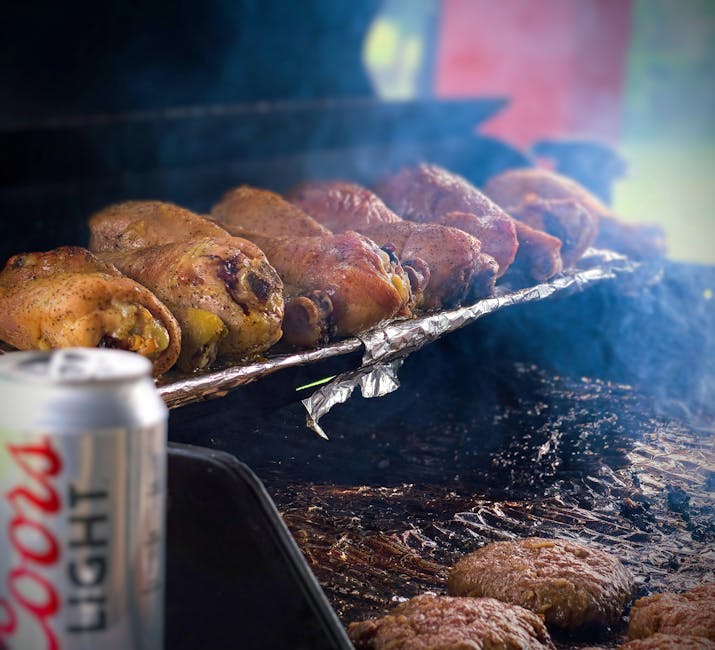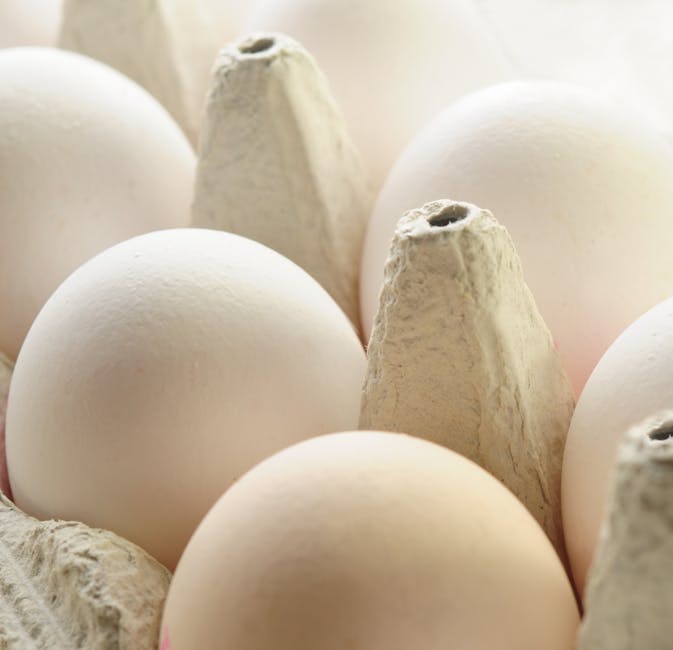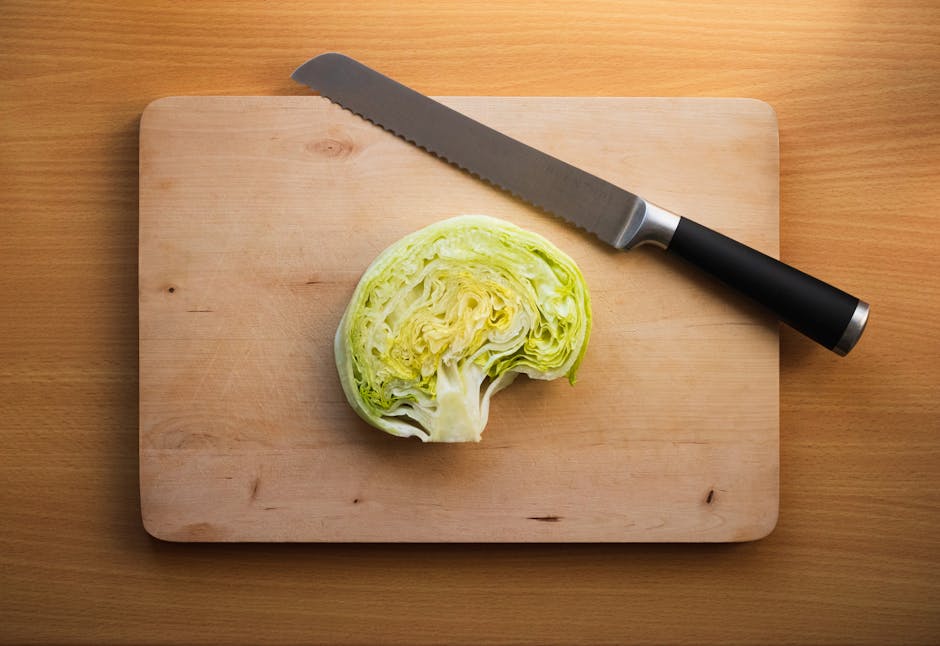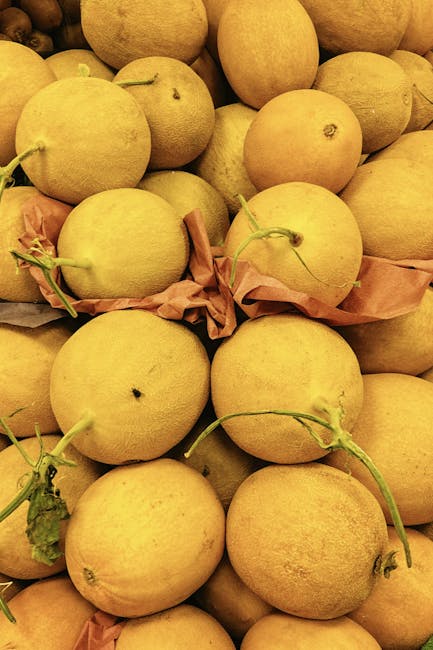Cysteine-Free Diet: A Comprehensive Guide to Understanding, Planning, and Following a Cys-Restricted Diet
Cysteine-Free Diet: A Comprehensive Guide
A cysteine-free diet, while challenging, is sometimes necessary for individuals with specific health conditions or those seeking to manage certain symptoms. This comprehensive guide explores what a cysteine-free diet entails, its potential benefits and risks, detailed planning strategies, and important considerations for maintaining a healthy and balanced diet while restricting cysteine intake.
Understanding Cysteine and its Role in the Body
Cysteine is a sulfur-containing amino acid, an essential building block of proteins. It plays several crucial roles in the body, including:
- Antioxidant defense: Cysteine is a precursor to glutathione, a powerful antioxidant that protects cells from damage caused by free radicals.
- Protein synthesis: It’s essential for building and repairing tissues.
- Detoxification: Cysteine helps the body eliminate toxins.
- Enzyme function: It’s a component of various enzymes involved in vital metabolic processes.
While cysteine is generally beneficial, excessive levels or specific metabolic pathways involving cysteine can contribute to certain health issues in susceptible individuals. This is where a cysteine-restricted diet comes into play.

Why Choose a Cysteine-Free or Restricted Diet?
A cysteine-free or severely restricted diet is rarely recommended as a general dietary approach. It’s typically considered in very specific circumstances, such as:
- Specific genetic disorders: Certain genetic disorders involving sulfur metabolism may benefit from reducing cysteine intake.
- Managing certain symptoms: Some individuals report symptom improvement related to conditions like inflammation, autoimmune disorders, or neurological issues, potentially influenced by cysteine metabolism. (Always consult a medical professional for personalized advice.)
- Investigative dietary approaches: In some cases, a temporary cysteine-restricted diet may be used under strict medical supervision as part of a diagnostic process to observe the impact on specific health parameters.
Important Note: A cysteine-free diet is highly restrictive and should only be undertaken under the close guidance of a registered dietitian, medical doctor, and/or other qualified healthcare professional. Improperly following such a diet can lead to severe nutrient deficiencies and other health complications.

Planning a Cysteine-Restricted Diet: Foods to Avoid and Include
Successfully following a cysteine-free diet requires careful planning and a deep understanding of which foods are high and low in cysteine. This demands diligent label reading and potentially working with a nutrition professional to create a balanced meal plan.
Foods High in Cysteine to Avoid or Minimize:
- Meat and Poultry: Most meats, particularly red meat, poultry, and processed meats, are relatively high in cysteine.
- Dairy Products: Cheese, milk, and yogurt contain moderate to high levels of cysteine.
- Eggs: Eggs are a good source of protein but also contain cysteine.
- Legumes: Lentils, beans, and peas contain varying levels of cysteine.
- Nuts and Seeds: Certain nuts and seeds, like almonds and sunflower seeds, also contain cysteine.
- Grains: While less concentrated than animal products, some grains also contain cysteine.
Foods Lower in Cysteine:
- Certain Fruits and Vegetables: Many fruits and vegetables are relatively low in cysteine. Examples include some berries, leafy greens (like spinach and kale), and certain root vegetables.
- Specific Grains (in moderation): Some grains like rice and certain types of corn may be included in limited amounts.
- Plant-Based Protein Alternatives (carefully selected): Some plant-based protein sources, such as certain types of tofu or tempeh, may have lower cysteine levels than animal products. Careful selection and label checking are crucial.
Crucial Note: Even foods considered low in cysteine still contain some amount. Careful portion control is vital when following a restricted diet.
Nutritional Considerations and Potential Risks
The most significant risk of a cysteine-free diet is nutrient deficiency. Cysteine plays a vital role in various metabolic processes, and its restriction can impact overall health. Potential risks include:
- Protein deficiency: Since cysteine is an amino acid, a severe restriction can lead to insufficient protein intake.
- Nutrient deficiencies: Depending on the restrictiveness of the diet, other essential nutrients may be limited.
- Weakened immune system: Due to cysteine’s role in glutathione production, a deficiency can compromise the immune system.
- Increased oxidative stress: Glutathione is a powerful antioxidant; its decreased production can increase cellular damage from oxidative stress.
- Impaired detoxification: Cysteine plays a role in detoxification; its restriction can hinder this crucial process.
To mitigate these risks, meticulous meal planning and close monitoring by a healthcare professional are crucial. Supplementation may be necessary to prevent nutrient deficiencies. This should be carefully considered and only done under medical supervision.
Monitoring Your Health While on a Cysteine-Restricted Diet
Regular health monitoring is essential when following a cysteine-free diet. This should include:
- Regular blood tests: To monitor for nutrient deficiencies and other potential health issues.
- Urine tests: To assess levels of metabolites related to cysteine metabolism.
- Regular check-ups with your doctor: To discuss any concerns and adjust the dietary plan as needed.
It is imperative to be aware of the potential signs of nutrient deficiencies and seek medical attention if any of these develop.
Recipes and Meal Planning Resources
Creating a balanced and flavorful cysteine-restricted diet can be challenging, but there are resources to help. You should seek guidance from a registered dietitian specialized in restrictive diets, who can provide individualized meal plans and recipes tailored to your needs and preferences. Numerous online communities and resources cater to individuals following specific dietary restrictions, which may include recipes and support.
Conclusion
A cysteine-free diet is a highly specialized and restrictive dietary approach that should only be undertaken under the direct supervision of a qualified healthcare professional. Understanding the potential risks and benefits, planning meticulously, and closely monitoring your health are crucial for minimizing risks and maximizing the potential benefits of this challenging dietary approach. Remember, always prioritize your health and safety, and consult with professionals before making any significant changes to your diet.





